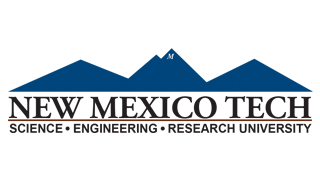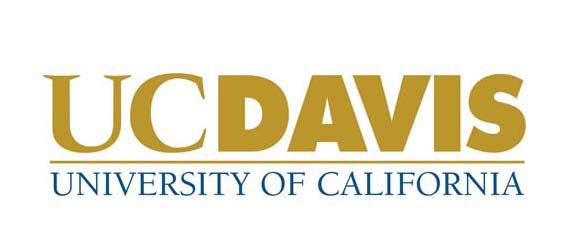Research projects in the 2021 SMOREs program center on numerical modeling of tectonics processes on Earth and other planets within our solar system. Each project will focus on testing data-driven hypotheses using a wide range of tools, including open-source software for modeling tectonic processes, high performance computing resources, and a range of software toolkits for analysis and visualization of modeled and observed data sets. Below, the details, mentors, and locations of each project are outlined.
The formation, transport, and evolution of magma within the Earth is a fundamental component of plate tectonics. Magmatism is directly coupled to the thermal-chemical evolution of tectonic plates and in many locations produces significant geologic hazards through active volcanisms. This project will use numerical models and data from the volcanically active Rio Grande Rift to explore how the temperature of magma emplaced within the lithosphere evolves through time.
Location: New Mexico Institute of Mining and Technology
Mentors: Profs John Naliboff, Laura Waters, and Jolante van Wijk
Right above the Earth's core there are long-lived piles of anomalous material. These piles thermally insulate the core. At the Earth's surface, continents play a similar role in insulating the Earth's mantle. This project will use 2D models of mantle convection to constrain how the presence of these insulating bodies change the cooling of Earth's interior over time scales ranging from millions to billions of years.
Location: Washington State University and University of Idaho
Mentors: Profs Catherine Cooper and Eric Mittlestaedt
The radial viscosity structure of the Earth’s mantle is a primary factor determining the mode of mantle convection and its coupling to plate tectonics. Observations of the Earth’s gravitational field can be used to constrain the radial viscosity structure in the mantle. However, subduction zones are expected to have strong lateral variations in viscosity due to the sinking tectonic plates. This project will use numerical models of subduction and statistical methods to explore sensitivity of such analysis to lateral variations in viscosity.
Location: University of California, Davis
Mentors: Profs Magali Billen and Max Rudolph
While plate tectonics is a process unique to Earth, the surface of Venus also exhibits clear evidence of large-scale interior convective motion. In particular, interaction between hot and rising and columns of material within Venus' mantle (mantle plumes) and the rigid outer shell (lithosphere) are hypothesized to account for a large portion of Venus' observed surface deformation. This project will use numerical models of mantle convection to examine this proposed relationship and further constrain the interior structure of Venus.
Location: University of California, San Diego and NASA Jet Propulsion Laboratory (Pasadena)
Mentors: Prof. Dave Stegman and Dr. Suzanne Smrekar
 |
 |
 |
 |
 |
 |